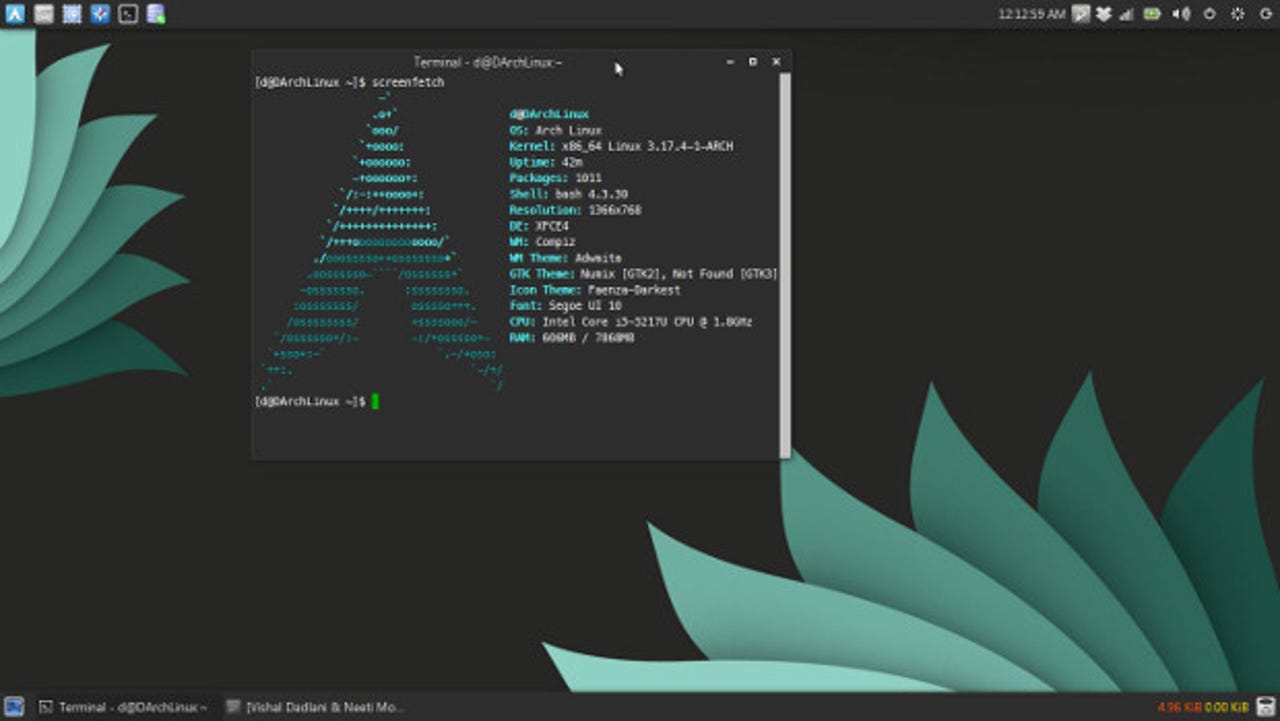Rolling release vs. fixed release Linux

Greg Kroah-Hartman, a leading Linux developer, recently announced that he had finally retired his "traditional" Linux distro for all "rolling-release" Linux systems. He's not the only one; rolling-release distros are becoming much more popular. So, you ask, what the heck is a rolling-release Linux distro? Well, I'll tell you.

There are several ways of doing this. One is to deliver frequent, small updates, which is the model that Arch Linux uses. Another is to replace an old image of the operating system or program with a new one as changes are added to the software. Ubuntu Core is taking this approach.
Now, your first thought might be that this approach is one that only developers, who usually want the hottest new programs, could love. With the advance of DevOps, rolling releases are starting to move into enterprise software releases. That's the model, which CoreOS has taken for its enterprise Linux distro for clouds and the datacenter.
Enterprise Software
While rolling releases may have become more popular, there's nothing new about this method of releasing software. Gentoo Linux, one of the oldest active distros and one of the parents to Google's Chrome OS Linux variant, has taken this approach for almost 15 years now.
The fixed-release model is the one that most of you know well. It's used by Canonical for its mainstream Ubuntu Linux release; Red Hat for Red Hat Enterprise Linux (RHEL); SUSE for SUSE Linux Enterprise Server (SLES); and so on. In fixed releases, major distributions are made on a schedule, with security patches and minor updates made as needed.
Each of these methods of updating software has advantages and disadvantages. For example, with a rolling release, major bugs may appear in a production system. On the other hand, major improvements may take months, or even years, to appear in a fixed-release Linux.
So, which would you rather have? The latest and greatest, with perhaps some bugs, or the most stable and sure, but without the newest, best software?
I can see the arguments for both sides. Personally, I believe that rolling releases should only be deployed by experts for their own use or for customers who demand hot, new improvements. For everyone else, I think the stability of fixed-release distributions make them a better choice, especially for production environments.
Related stories: